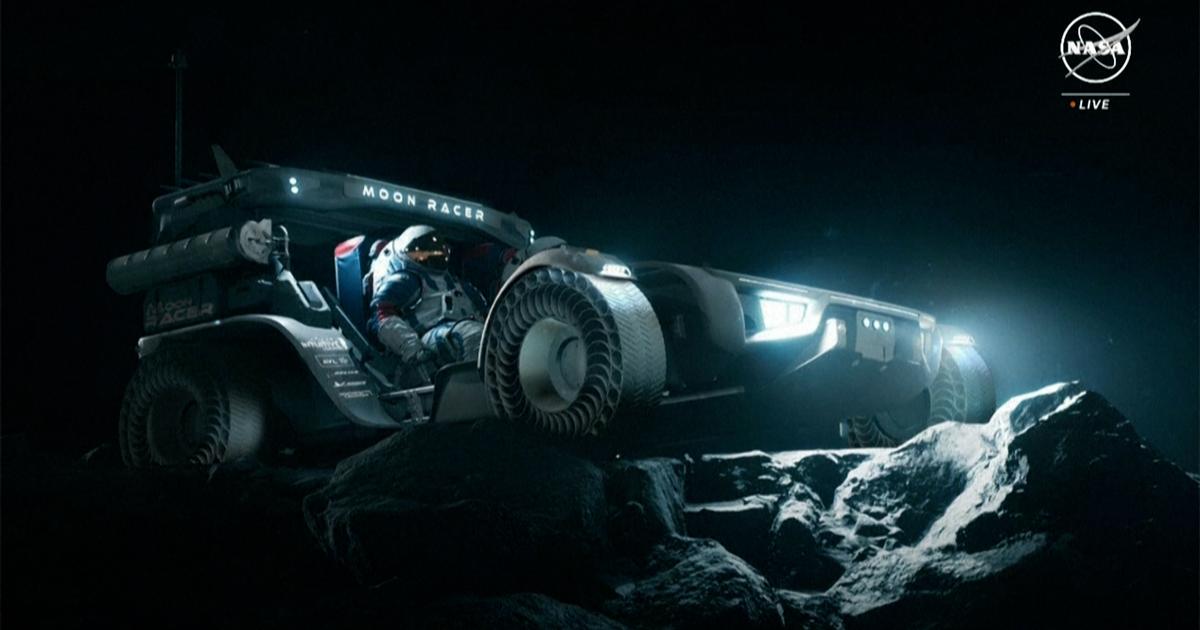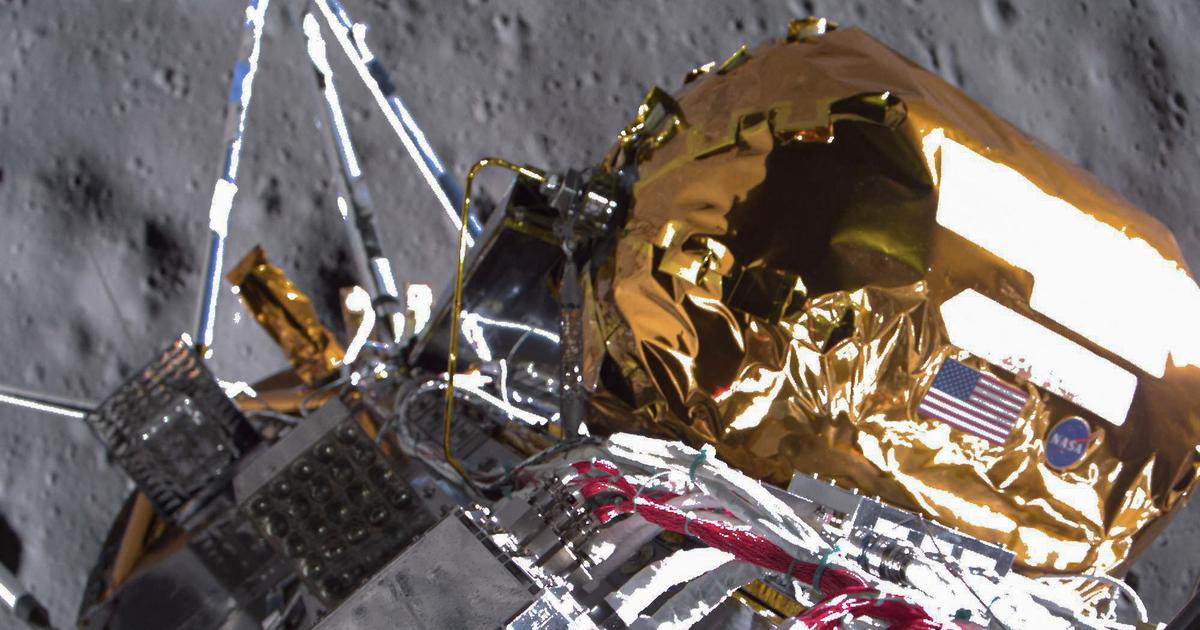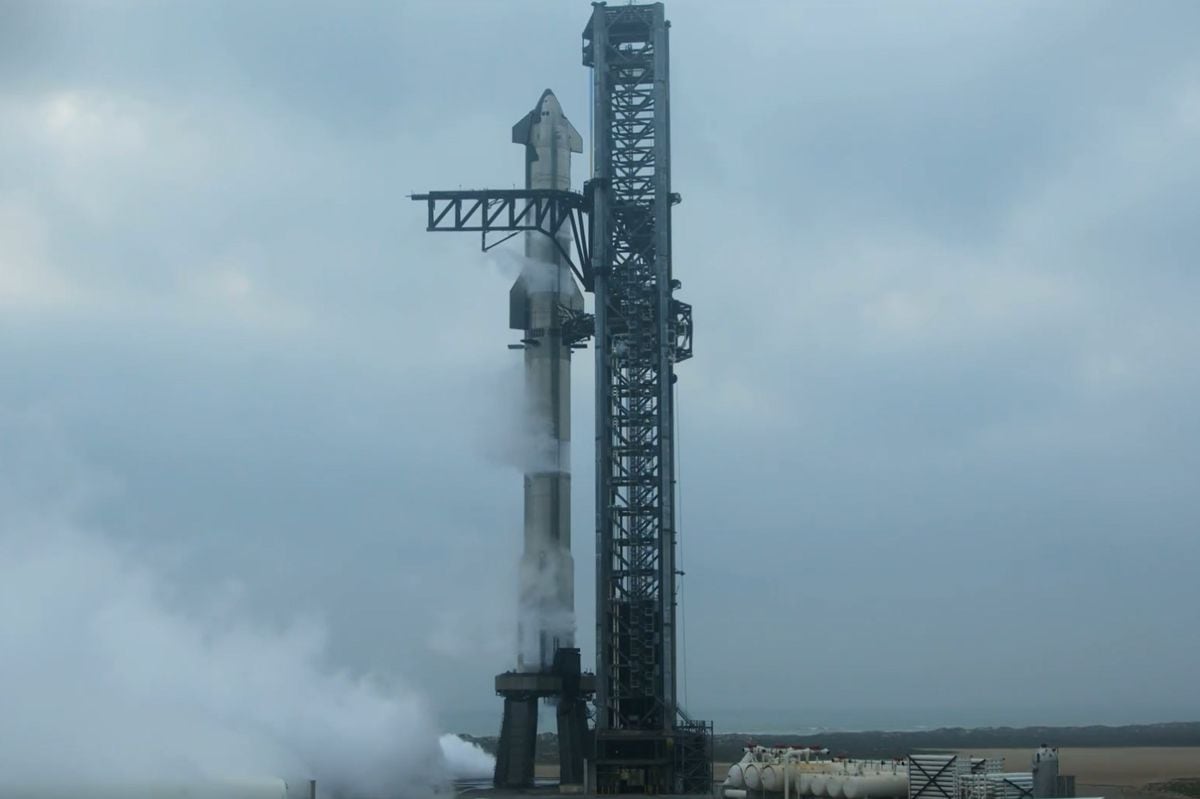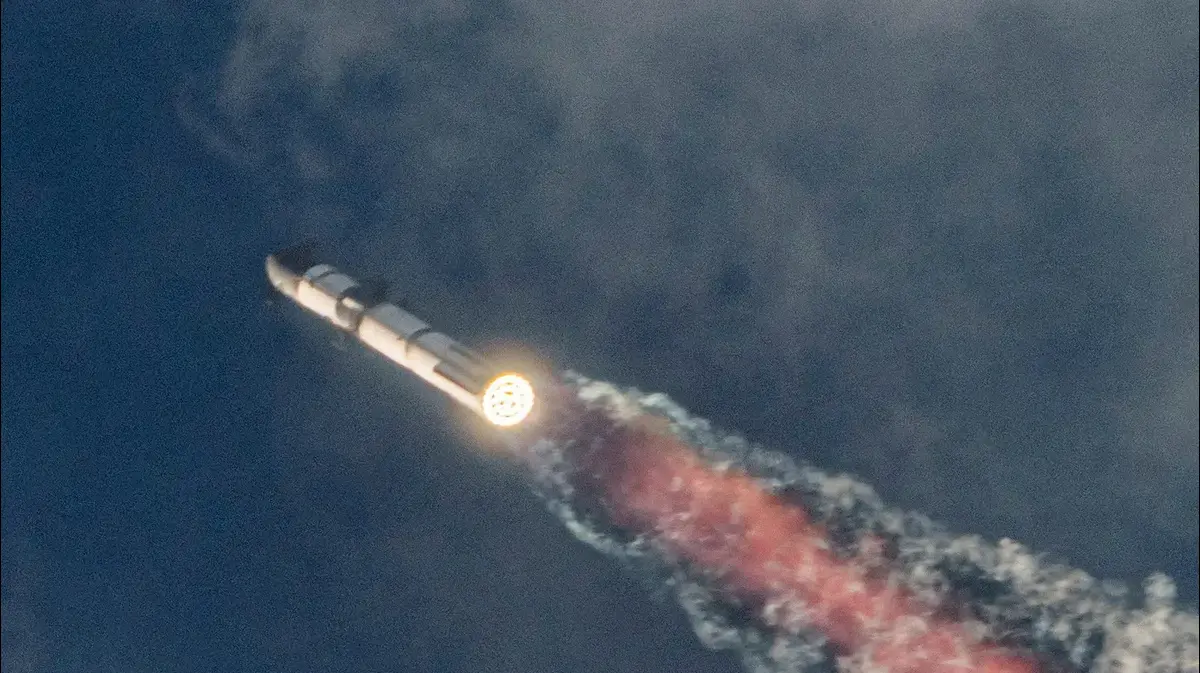Maximum alert in Florida, whose coasts should be hit between Wednesday and Thursday by Ian.
The power of the category 3 hurricane promises devastating damage.
As of Monday, NASA announced that it had to bring its giant lunar rocket back to the assembly building, in order to protect the vehicle from the violent winds that will probably push up to the Kennedy Space Center.
"This decision gives employees time to meet the needs of their families and protect the integrated rocket and spacecraft system," NASA said in a statement.
The return of the Space Launch System (SLS) from the launch pad to the "Vehicle Assembly Building" is a slow and delicate journey of approximately 8 km.
A 98 m high rocket
It usually takes eight to eleven hours and this time will have been crowned with a new warning shot: around 11:45 a.m. Tuesday local time (5:45 p.m. French time), a fire was reported in the assembly building and the employees been evacuated.
Designed to withstand extreme heat, no space equipment was damaged.
Read alsoMission Artemis: five questions about successive launch failures
Fifty years after the Apollo mission, the SLS rocket, the most powerful ever designed by NASA, must eventually send an Orion capsule to the Moon, which will make it possible to establish a lasting human presence on Earth's natural satellite.
A first test launch was planned for the end of August.
Prior to the hurricane, weather and a leak of supercooled hydrogen propellant in a valve during rocket fueling had already delayed the launch of the Artemis mission.
The next possible firing periods, determined according to the positions of the Earth and the Moon, extend from October 17 to 31, then from November 12 to 27.
"We know the earliest to go is late October, but we'll most likely do it in the middle of November," NASA boss Bill Nelson told CNN.
After the passage of the hurricane, NASA will have to take the time to change the batteries of the rocket's self-destruction system, a complex operation which will be carried out in the assembly building.
Then take out the 98 m high rocket, topped with the Orion capsule, and transport it to its launch pad, before configuring it to prepare it for takeoff.
All these operations will take days.







